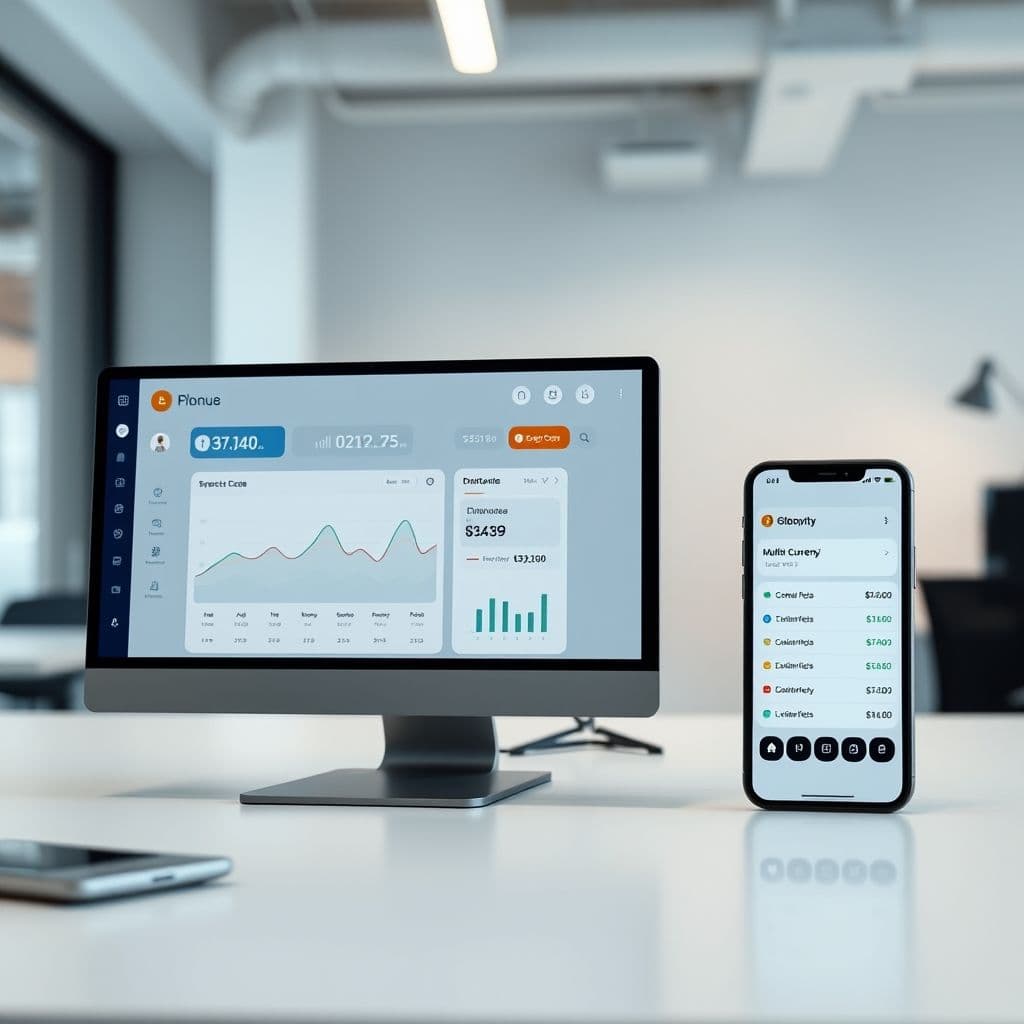The Need for a Cross-Platform Personal Finance App: Solving Android Users' Frustrations

In today's digital age, managing personal finances should be seamless and accessible to everyone, regardless of their device. Yet, many Android users are left frustrated when they discover that the latest and greatest personal finance apps are only available for iPhone. This article explores the pain points of Android users and presents a hypothetical SaaS solution that could bridge this gap.
The Problem: iPhone-Only Finance Apps Leave Android Users Behind
The frustration is palpable among Android users who stumble upon rave reviews for personal finance apps, only to find out they're exclusive to iPhone. Comments like 'solo es para iPhone?' and 'la busqué y no me sale en la playstore' highlight a significant gap in the market. Users are tired of settling for subpar alternatives or being forced to switch devices just to access better financial tools.
Beyond platform exclusivity, users also face challenges with multi-currency support, especially in countries like Venezuela where managing finances in both local currency (Bs) and dollars is crucial. Additionally, the lack of features like Excel/CSV import and the high cost of premium versions further compound the problem.

Idea of SaaS: A Cross-Platform Personal Finance Solution
Imagine a personal finance management SaaS that works seamlessly across both Android and iOS, eliminating the platform divide. This hypothetical app would not only be visually appealing and intuitive but also packed with features tailored to real user needs.
Key features could include multi-currency support, allowing users to track expenses in different currencies simultaneously. For instance, a user in Venezuela could manage both Bs and USD transactions effortlessly. The app could also offer Excel/CSV import functionality, making it easy for users to migrate their existing financial data without manual entry.
Voice-activated transaction logging, automatic categorization, and Apple Pay integration (for iOS users) would ensure the app remains competitive. A freemium model with a reasonably priced premium version could make advanced features accessible without alienating budget-conscious users.

Potential Use Cases
This SaaS idea could serve a wide range of users. Expats managing finances across different countries would benefit from multi-currency support. Small business owners needing to track expenses in both local and foreign currencies would find it invaluable. Even everyday users tired of platform-exclusive apps would appreciate the flexibility and accessibility.
Conclusion
The demand for a cross-platform personal finance app is clear, with Android users vocalizing their frustrations and unmet needs. While the hypothetical SaaS solution outlined here doesn't yet exist, it represents a significant opportunity to address a glaring gap in the market. By focusing on inclusivity, multi-currency support, and user-friendly features, such an app could revolutionize personal finance management for millions.
Frequently Asked Questions
- How viable is developing this SaaS idea?
- Given the clear demand from Android users and the success of similar iPhone-only apps, this idea has strong market potential. Development would require cross-platform expertise (e.g., Flutter or React Native) and partnerships for multi-currency data, but the payoff could be significant.
- What would be the biggest challenges in creating this app?
- Key challenges include ensuring seamless performance across both platforms, securing accurate multi-currency exchange rates, and competing with established players. A focus on unique features like voice commands and CSV imports could help differentiate the product.


